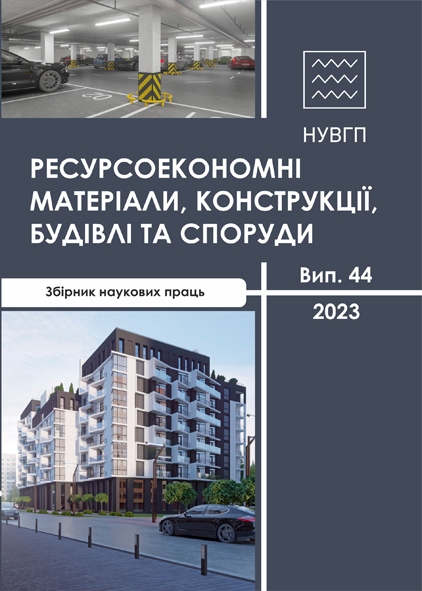INFLUENCE OF THE STATE OF AGGREGATION OF THE ALKALINE COMPONENT ON THE PROPERTIES OF ALKALI-ACTIVATED CEMENTS
DOI:
https://doi.org/10.31713/budres.v0i44.05Abstract
The problem with the effective use of promising alkali-activated cement compositions is the short setting time. The purpose of this work was to study the influence of the aggregative state (powder, solution) of low-modulus sodium silicate, the composition of the compositions and the modifying additive on the technological and physical-mechanical properties of slag-containing alkali-activated cements. As a result of the work performed, a mechanism was developed to control the setting time in the "slag + clinker + sodium metasilicate" binder system. The dependence of the setting time and physical and mechanical characteristics of cements on the method of introducing sodium metasilicate into the "slag + clinker" system, on the composition of the cement, and on the type and amount of modifier additive. It has been shown that the introduction of sodium metasilicate into cement in the form of an aqueous solution leads to a much greater intensification of structure-forming processes compared to the option of using metasilicate in the form of a powder with mixing with water. It has been established that an increase in the clinker content in the slag-clinker mixture leads to a significant reduction in setting time. A study of the influence of the LSTM additive showed the possibility of effectively controlling the setting time with an increased amount of use of this additive, namely up to 4%. As a result, technologically acceptable times for the onset of setting in the range of 0-38...2-24 h-min were obtained when using the LSTM additive in an amount of 2...4% and compressive strength 54…115 MPa The results of the study of the structure formation of alkali-activated slag-containing cements confirmed the above conclusions and correspond well with the obtained technological and physical-mechanical results.

